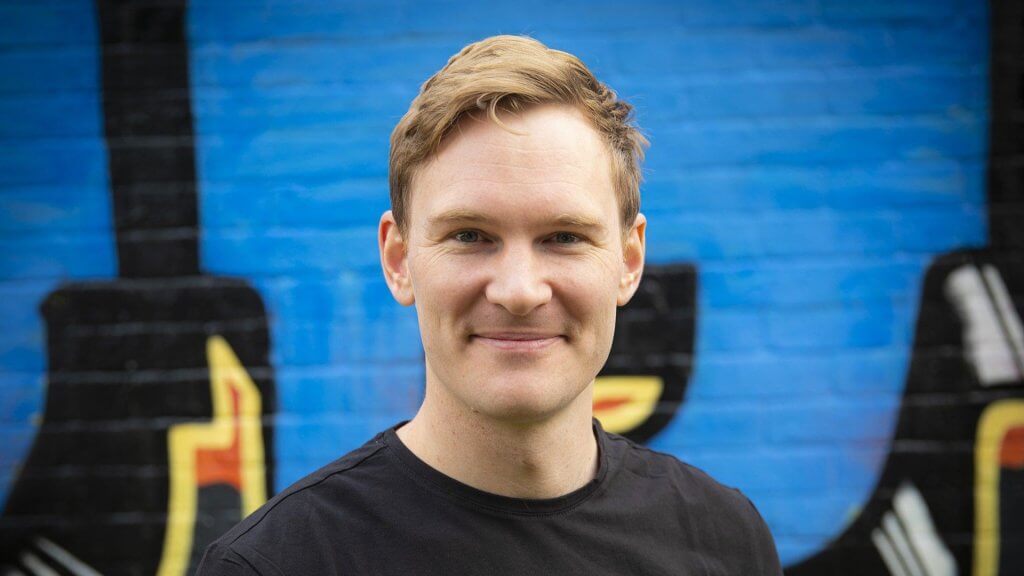
Like many industries, aviation faced multiple challenges post-pandemic. Staff returned to work amid new technology, unfamiliar protocols, and widespread turnover – all straining a system already under pressure.
These stresses exposed deeper issues in how the sector develops, supports, and leads its people.
I still remember that eerie silence in the skies during the early days of the pandemic. For aviation, it marked more than grounded flights – it triggered a seismic shift. One we are still navigating. Planes may be flying again, but the industry continues to adapt under the surface.
At Solvd Together, we work with some of the most high-pressure sectors, and aviation is undoubtedly one of the most complex. The pandemic didn’t just pause operations; it exposed a deeper fragility in how the industry trains, develops, and leads its people. As staff returned to work, we saw that technology alone wouldn’t be the fix. Nor would it be bolting on new compliance modules to outdated training systems.
To build real resilience, the aviation industry needs a culture reset, which starts with developing people differently.
Culture, the ‘reset’ and examining capability, opportunity, and motivation (COM-B)
At Solvd Together, we combine human-centred design methodology, sometimes called ‘Design Thinking’, with the COM-B model invented by Susan Michie and her colleagues at University College London. This is a foundation for effective behaviour change that brings together business strategy and colleagues’ day-to-day experience and challenges.
For someone to do something new, they need more than knowledge delivered through an e-learning module or classroom training. They need the capability, the opportunity, and the motivation to do it. Leave one out, and the system is prone to fail. The NHS successfully incorporated the COM-B model into its Infection Prevention and Control Education Framework to enhance behaviours among healthcare professionals, particularly in managing Clostridioides difficile infections. So, it’s a tried and tested methodology.
Post-pandemic, aviation introduced new behaviours, but didn’t always create the conditions for them to succeed. You can train someone on a new protocol, but if they’re rushed, unsupported, or unclear on the purpose, the training won’t hold. Context and motivation matter.
Why context matters: Learning from aviation security
Too often, training focuses on content, not context. But in high-stakes sectors such as aviation, context is everything. In security, for instance, teams face constant tension, enforcing protocols while managing passenger flow. And increasingly, they’re dealing with passengers who are anxious, impatient, or even aggressive.
We’ve heard stories of frontline staff being pushed, yelled at, or even having objects thrown at them. When managers, under pressure to keep lines moving, undermine staff, it sends the wrong signal. In these moments, a human-centred design approach ensures that you focus on solving the right problems, in the right way, to deliver the behaviour change the business is asking for.
The issue is that much training focuses on passing compliance tests, but ticking boxes doesn’t prepare people for real-world complexity. We need to shift from an educational mindset to development, that is, practical, contextual and relevant.
Designing learning that works in the real world
In environments like airport security, traditional approaches to training don’t work. There are no desks and no time to check phones. Learning must be embedded, not layered on top of it. That’s why ethnographic approaches – observing real behaviours in real environments – are key to designing interventions that stick.
When staff understand their role in the broader passenger journey, they take ownership. And when they take ownership, safety, service, and culture all improve.
Redefining leadership for a new era
Aviation needs to rethink leadership. The traditional command and control model doesn’t meet today’s challenges. The most effective leaders are those who build trust, stay calm, and show empathy – even under pressure.
We’ve seen how powerful it can be when leaders reflect on their style and impact. Using experiential learning, leaders can grow in self-awareness and create environments that foster openness, trust, and growth.
So, what can airports, operators and regulators do right now?
The aviation industry’s greatest opportunity isn’t just technical, it’s cultural. Resilience comes from investing in people – not just in their skills, but in their capacity to lead, connect, and adapt.
We’ve seen the impact of bottom-up learning cultures that centre trust, continuous improvement, and collective responsibility. But to truly reset, we must move beyond compliance-led leadership. It’s time for a more empathetic, purpose-driven approach where learning is continuous, leadership is shared, and trust is earned. The stakes in aviation are high, but so is the opportunity.
Charlie Kneen is the founder and MD of Solvd Together, and a multi-award winning L&D professional. He graduated from Cardiff University with a history and philosophy degree and has extensive experience working in large corporate businesses, medium-sized agencies, consultancies, and start-ups.
His background in marketing, L&D, and business coaching gives him a broad perspective and unique insight into human-centred design and effective behaviour change.